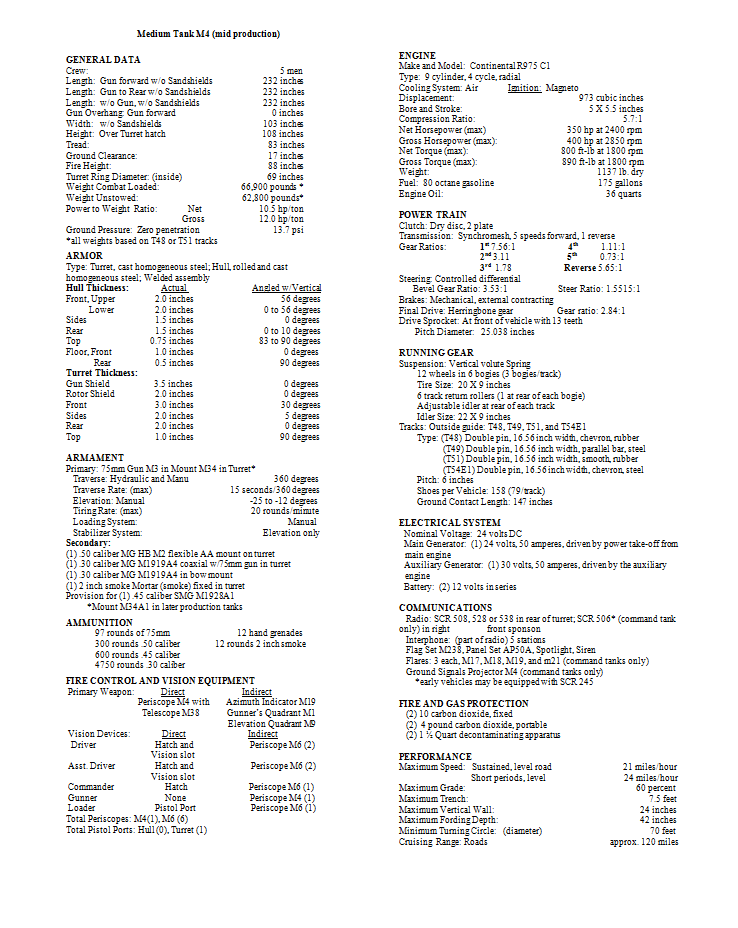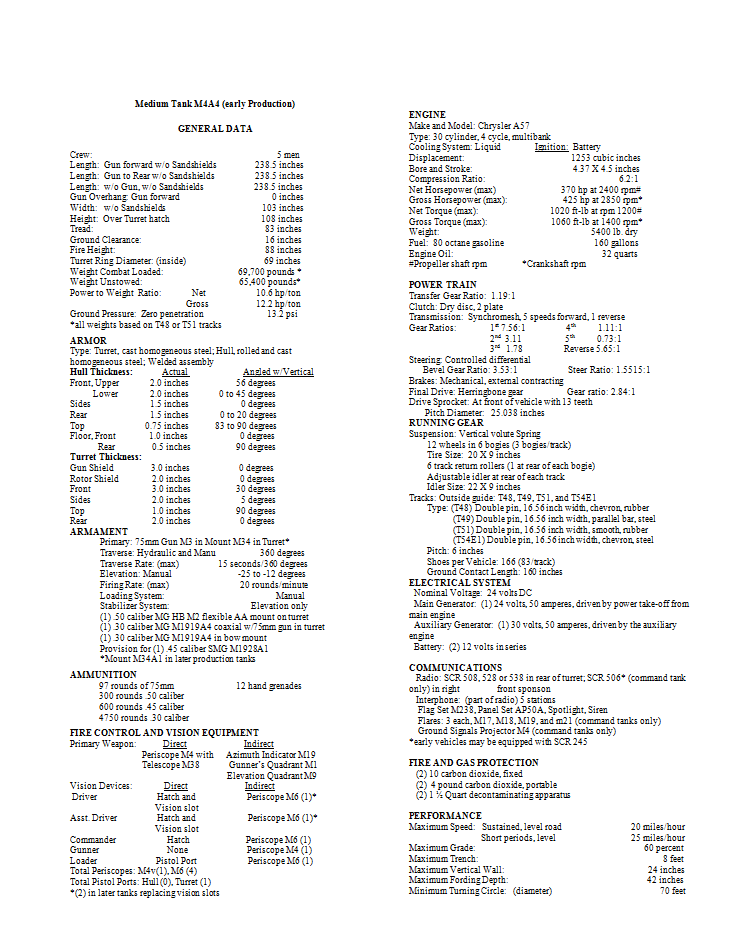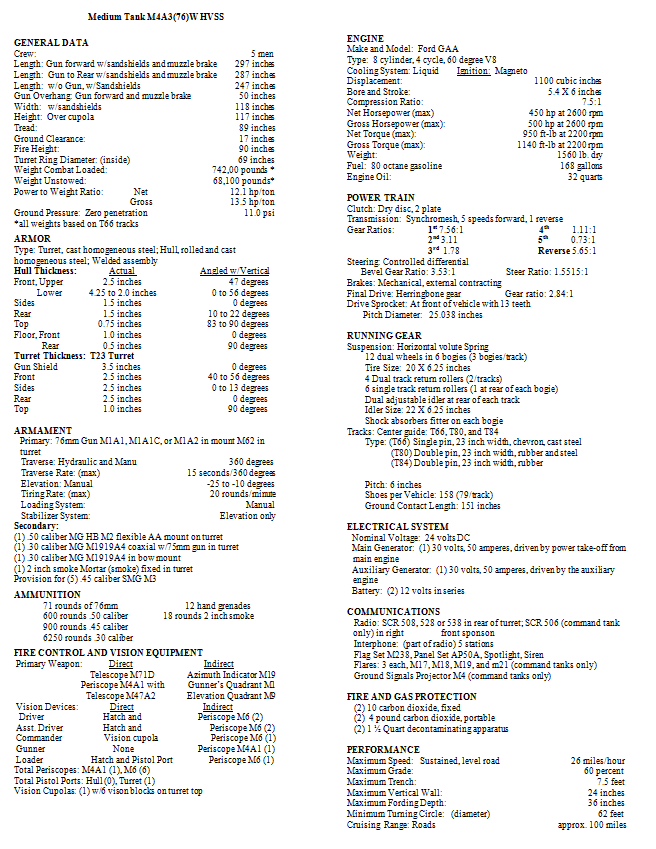Sherman Tank Site News Post 16: A few setbacks but some good content on the way.
Well, the beginning of the year was looking good, then things on a work-related front went south, and I have not had as much time for the site. What time I had I was using on image improvements and had to cut back there due to some carpal tunnel syndrome issues. I won’t bother you all with further personal stuff.
I’ve discovered the stash of Army Motors Magazines over at Radionerds, and have done a series of posts about them.
Sherman Tank Site Post 72: Army Motors, the Magazine of the Army Mechanic!
Sherman Tank Site Post 73: Articles from Army Motors Episode one, Give Your Tank a Brake!
Sherman news from around the net.

The consequences of hitting a German 88-mm shell in the “Sherman”. 18+
The above link takes you post on LiveJournal with a video of a French crew removing a dead crew member, it is not for the faint of heart. Another catch by Looser over on the SH forums.
Tank and AFV News new Video channel.
Our pal Walt from the Sturgeons House Forums, who runs Tank And AFV News, has a new video channel, and though it is not Sherman specific, it is doing book reviews and if you’re interested in Shermans, or Armor in general, you should give his page and videos a view! Support the fellow Armor loving guys out there!
Here are a few samples!
Peter Samsanov of Tank Archives does a Podcast on German Kill claim inflation!
Peter S and his Tank Archives site are powerhouses in revealing the truth about the prowess of Soviet Armor, and the imaginary prowess of German Armor!
Listen to Peter talk to Military History Verbalized about German Kill claims and the real numbers. Not directly Sherman related, but there are many mythical German kill claims in the west too.
I’m also going to include a few improved images I haven’t put up yet.
That’s all for now, but don’t forget to check out or gear store if you want to wear Sherman Tank related gear. It supports the site!



























































































































































